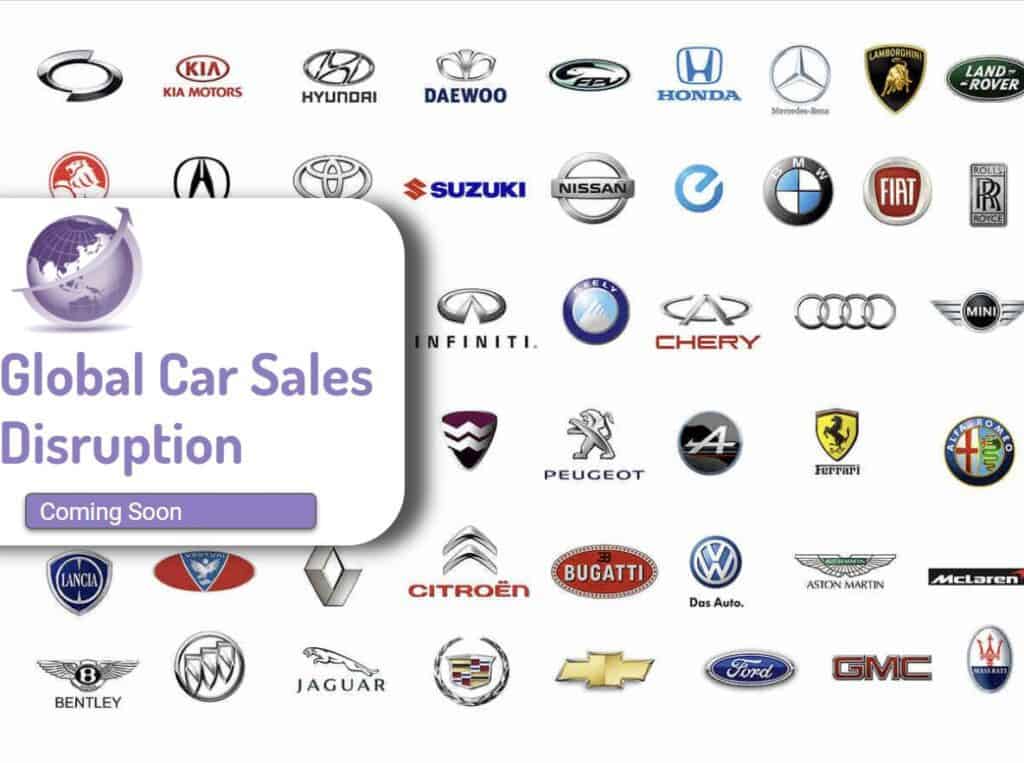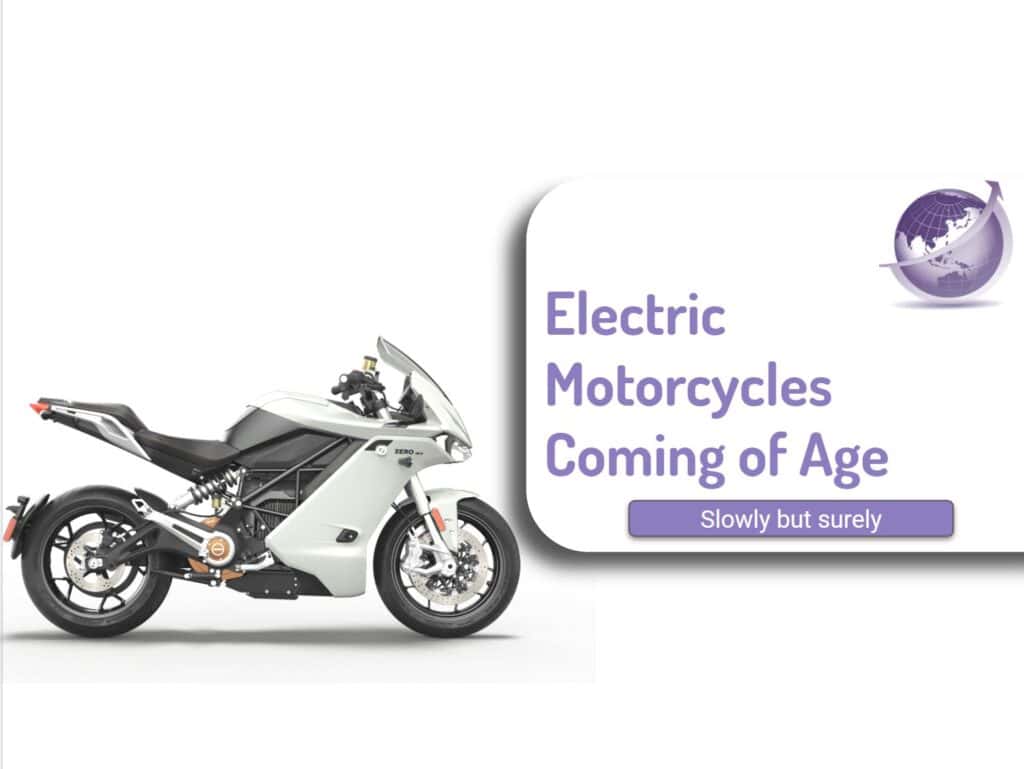The Toyota No-EV strategy risks Japan’s economy and will likely cause a major country upheaval. Multiple articles over the past year have raised that question. Most of the entire Japanese auto industry, and especially Toyota, appears to be in denial about the global ascendency of fully electric drivetrains. One could say this is Toyota, or Nissan’s issue, but the heavy dependence on Japan’s economy on the auto industry cannot be overstated. Moreover, Toyota has been identified as the 3rd most active climate denier organisation in its lobbying governments to reduce vehicle emission standards.
Some give Toyota a lifespan until 2030 before it goes bankrupt. (Electric Viking YouTube Feb 2022). EV’s made up less than 0.2% of Toyota’s total production.
A Carbon Tracker report in Nov 2022 (Slipped Gear) analysed 20 passenger vehicle manufacturers which covers ~85% of global vehicle production/sales against the Paris Agreement 2015 and the Japanese are not aligned.
CleanTechnica Warning
Clean Technica pulls no punches in a hard-hitting article in Feb 2023 spelling out Japan’s reliance on the auto industry and the risk to the Japanese economy., https://cleantechnica.com/2023/02/03/is-toyota-circling-the-drain-will-it-take-japan-with-it/
Update August 2024.
Cleantechnica updated their info in August 2024
Many of the commentators predicted a fight between HEVs and BEVs — but it appears that a fight is shaping up between Toyota’s HEVs and Chinese PHEVs. We should note that Chinese PHEVs have a reasonable range. In contrast to Toyota’s approach, BMW, Volkswagen, Ford, and General Motors are making some effort to move forward in the electrification race. However, it seems to have become more of a dance than a race. And perhaps they’re too late to the dance at that. Overall, the future is bright, electric, and connected. Toyota continues to write itself out of this future by both commission and omission. It remains to be seen what Toyota’s future will be in an EV world.
Carbon Tracker Warning
Carbon Tracker says Japan could lose 50% of auto exports, more than 14% of GDP, and almost $700 billion (80-trillion yen) in profit by 2040 if no action is taken
Toyota No-EV Strategy Vs Hydrogen Cars
Toyota has invested in hydrogen fuel cell cars. In 2022, in the USA less than 15,000 H2 cars were on the roads versus over 800,000 new sales of electric. Total H2 cars globally was about 20,000. Even in Japan, there are 134 hydrogen charging stations versus 29,000 electric chargers vs 39,000 gas stations. For a full breakdown on hydrogen cars, check out the Change Discussion blog post.
Japans Economy and Data
Japanese Demographics
The population is crashing. It is aging fast, has a very low birth rate, minimal migration, and will decrease massively. This means domestic auto demand will crash.
- Japan is a country of 124 million, down 4 million over the past decade.
- Population peaked at 128m in 2010
- By 2050 projection is 106 million
- By 2100 just 75 million.
- Ie.e in 90 years population decreased by 53 million people
- This aging population will smash the demand for cars. The working age population is moving to be less than 50% of the population, and these are the ones who buy cars. Not the over 65 year olds.
- The birth rate has fallen to 1.3 children per woman (went under 2.1 in 1974)
- Over 20% are over 65years old in 2022 and forecast to rise to over 40% by 2060
Japan’s Economic Situation At Risk
- General government debt is equivalent to 262.5% of its gross domestic product in 2021
- Japan has the highest debt-to-GDP ratio in the G7 (IMF data https://www.imf.org/en/Countries/JPN)
- Total debt is over $8.4Trillion (largest in the world)
Japan’s Auto Industry Is Strategic
- Japans auto industry is 3rd largest globally (behind China and USA)
- Japan is the second largest exporter of cars globally and exports sells 82% of its cars outside of Japan – it makes cars in multiple countries
- 78 factories in 22 prefectures
- About 84% of cars produced in Japan are exported. It even sells used cars overseas,.
- Cars are 14% of total exports
- Manufacturing 24% of employment (services are 72% and agriculture only 3.5%) .
- 5.5m employed in auto industry or 8% of total employment
Japan’s manufacturing industry is the driving force that has supported the Japanese economy to the extent that it became the third-largest economy in terms of GDP and is known as one of the “Manufacturing Superpowers.” It accounted for about 20% of the total GDP in FY 2019-20, led by automobile and many other players.

The Climate Group warns that without a move to BEVs, Japan could lose 50% of its auto exports, more than 14% of its GDP, and almost $700 billion (80-trillion yen) in profit by 2040. https://www.theclimategroup.org/our-work/press/report-warns-japan-faces-employment-crisis-and-economic-decline-auto-industry-lags
Japan Companies 50% of its Autos
USA imports vehicles. China exports a few. Most produced in China stay in China, but the rise of EV is changing that. In contrast, Japan exported 3.8m cars in 2021. About 1 in 3 go to USA. In total, about 50% of all vehicles produced are for international markets. For cars actually manufactured in Japan, 84% are exported.

In 2023, Japan’s passenger car exports increased by over 20% from the previous year, totaling more than 5.27 million units. Japan dominated the global automotive export market, with exported vehicles reaching $110.13 billion. The overall automotive export value increased from 1.07 trillion yen in January 2024 to 1.27 trillion yen in February 2024.
Japan’s Domestic Autos
The number of plugin hybrids has overtaken non-hybrid autos. Battery EVs are 0.1
Japanese Car Production
| Rank | Group | Sales | Rev $B | EBITDA $B | 3Cap (B) | Debt $B | Invest (3yr) | PE | Op Margin % |
|---|---|---|---|---|---|---|---|---|---|
| 1 | Toyota | 9,529,000 | 249.4 | 6.1 | 258 | 182 | 99.3 | 9.4 | 8.08 |
| 7 | Honda | 4,399,000 | 121.8 | 1.8 | 49 | 112 | 198 | 6.0 | 5.01 |
| 10 | Suzuki | 2,448,000 | 4.0 | 19 | 6.6 | 35 | 11.8 | ||
| 13 | Mazda | 1,244,000 | 31 | 2.1 | 6 | 15 | 11.3 | ||
| 15 | Subaru | 885,000 | 34 | 14 | 0 | 11.6 |
There are a large number of other car manufacturers. E.g. There are over 240 EV companies in China alone making EV cars. Some of the new entrants (Rivian, Lucid) have high market cap but don’t yet have any major sales. Others have production and low market cap.
Some of debt is vehicle lease and inventory.
Toyota No-EV Strategy at Risk of S-curve
Toyota’s no-ev strategy risks Japans economy if the global EV S-Curve adoption continues. The adoption of new technology adopts an S-Curve as explained by Tony Seba and others and you can read more in my explanation here. For any winner, and these are Tesla and BYD currently, there will be losers.

10 Years of Global EV Sales – What is Next?

References
- Top Japan’s Automotive Export Statistics for 2023-24 https://www.tendata.com/blogs/export/5746.html
- China becoming an exporter EnergyVisualizing 10 Years of Global EV Sales by Country https://www.visualcapitalist.com/visualizing-10-years-of-global-ev-sales-by-country/
- Is Toyota Circling the Drain? — 18 Months Later Aug 2024 https://cleantechnica.com/2024/09/02/is-toyota-circling-the-drain-18-months-later/









